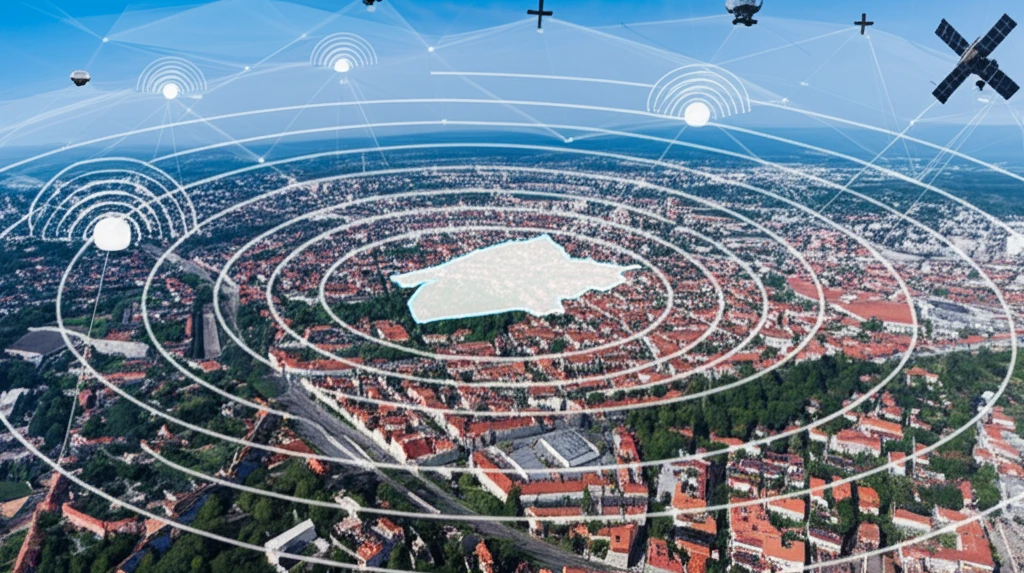
Zagreb's Shifting Story: How Satellites Uncover Secrets Beneath the City
"Unveiling the science behind monitoring Zagreb's tectonic movements with cutting-edge satellite technology."
Imagine a city resting on a landscape that's subtly, constantly moving. That's Zagreb, Croatia, where the ground beneath its buildings shifts due to tectonic activity. For nearly two decades, scientists have been closely monitoring these movements to understand and mitigate potential risks.
Traditional methods of tracking these shifts are time-consuming and can only give information about limited points. Now, a new approach is revolutionizing how we monitor this dynamic city: satellite technology. By combining traditional GPS measurements with advanced satellite radar data, researchers are gaining an unprecedented view of Zagreb's geological activity.
This isn't just about scientific curiosity. Understanding these subtle movements is crucial for ensuring the safety and stability of Zagreb's infrastructure. The research detailed in this article highlights how satellite technology is helping to protect the city and its residents.
Why is Zagreb a Hotspot for Geodynamic Research?

Zagreb sits in a seismically vulnerable region where several major tectonic units converge. It is bordered by branches of the Southeast Alps, the Dinarides, and the Pannonian Basin, creating a complex geological landscape with numerous faults.
- Earthquake Monitoring: Tracking tectonic activity helps to assess earthquake risk.
- Infrastructure Safety: Understanding ground movement is vital for building stability.
- Resource Management: Geodynamic insights can aid in managing natural resources.
Securing Zagreb's Future, One Satellite Image at a Time
By combining the precision of GPS with the broad coverage of satellite radar, scientists are providing vital information for urban planning, construction, and disaster preparedness. As technology advances and monitoring efforts continue, Zagreb is better equipped to adapt and thrive in its ever-shifting environment. This research highlights the crucial role of interdisciplinary collaboration and technological innovation in ensuring the safety and resilience of our cities.
